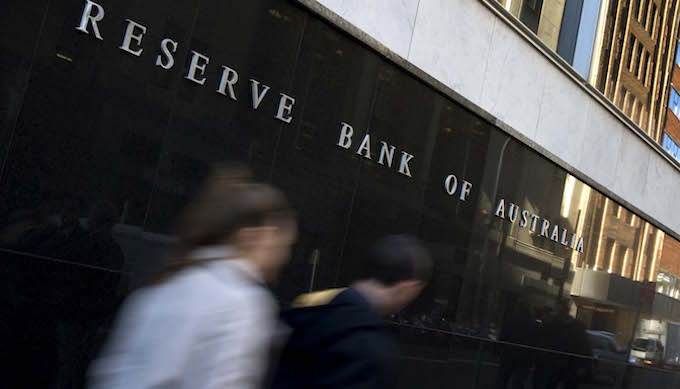7 December 2016
By Stephen Koukoulas
hen gross domestic product and employment fall, it is usually the result of a policy error or an external shock to the economy.
An external shock can be ruled out as global GDP growth and financial markets have performed well during 2015 and 2016. This means that the economic weakness now being seen is the result of a policy error.
Today’s September quarter national accounts confirmed a quite stunning 0.5% fall in GDP, which, with hindsight, dovetails with the recent labour force data that shows employment having fallen 25,700 since July. Something has gone wrong.
While the Reserve Bank did cut interest rates in May and August this year, at 1.5% Australian interest rates are among the highest in the industrialised world. The RBA was reluctant to cut because it did not believe the rapid deceleration in inflation to be anything other than a temporary phenomenon and it looked at the growth side of the economy, including wages growth, with rose-coloured glasses, which meant it was generally expecting GDP and employment growth to “eventually” pick up. For the same reason, it also placed little weight on the run of unexpectedly low inflation results.
Quite obviously, the RBA should have cut interest rates earlier and harder, not least to free up cash flow for the business sector and indebted households but also to take some air out of the Australian dollar, which has been strong against most global currencies.
It should and probably will cut interest rates again but will likely wait until its next meeting in February to do so. Better late than never.
For the Turnbull government, the quest to cut public spending and rake in growing tax receipts as it strives for a return to budget surplus might need to be recalibrated. When private-sector demand is weak, as the national accounts clearly show, good policy is to have government step in and fill the void, preferably with targeted infrastructure spending.
Indeed, it could now be argued that the efforts to cut spending and hike various taxes has been the wrong policy at the wrong time. It is a basic rule of prudent economic policy to have the government sector provide the shock absorber for the economy by having stimulatory economic policy when growth in private-sector demand is soft or downright weak and then tighten policy when activity on the private sector is strong.
Alas, for the Coalition, it seems keen to move the budget to surplus with scant regard to the state of the business cycle.
Importantly, all is not lost for the economy. The RBA can (and probably will) cut interest rates in the new year. The government is lucky that it cannot get many of its growth-sapping measures through the Senate as success would take money out of the economy just when a cash injection is needed.
In addition, the global economy is looking sound with growth in the major countries being sustained and financial market conditions being supportive of future strength. Commodity prices are also strong, a factor that should help to underpin incomes and export revenues through 2016. For that the government should be grateful.
The lessons of the rapid deterioration in economic conditions in Australia over the past few months are that policymakers need to err on the side of growth-promoting policies and to have more faith in hard economic news than the model-based forecasts.
If the RBA had reacted more full to the inflation results, the cash rate now would likely be somewhere around 0.5 to 0.75%, the Australian dollar would be materially weaker and growth noticeably higher.
It is to be hoped the lesson is learned.

